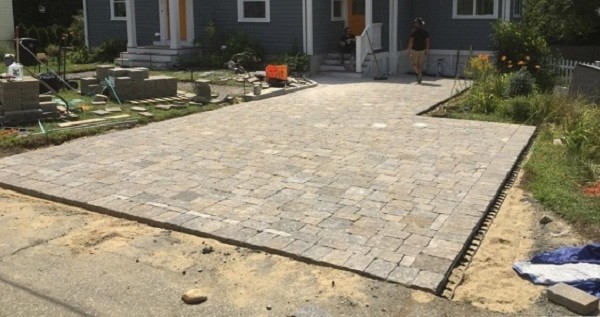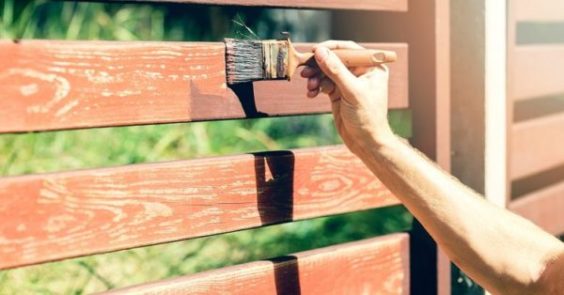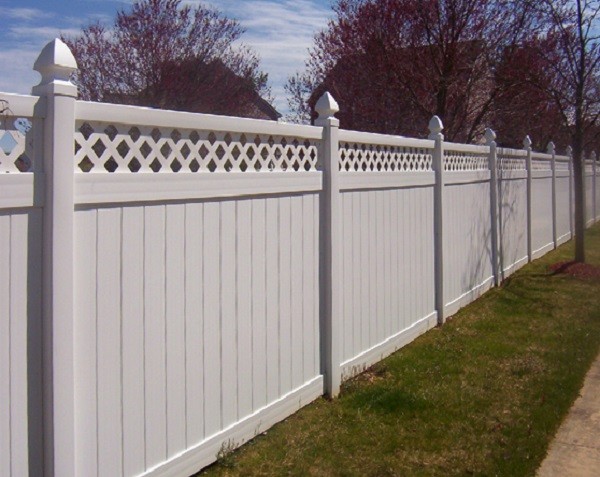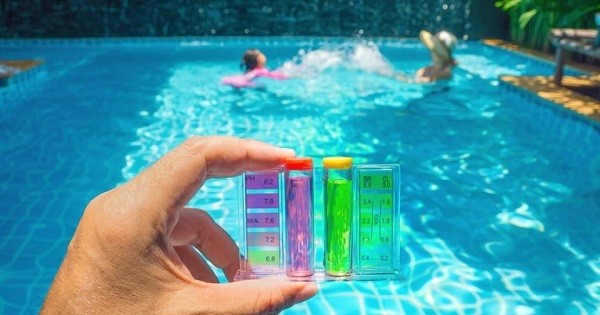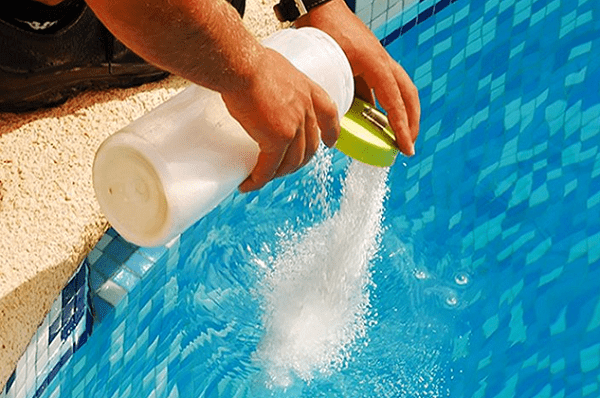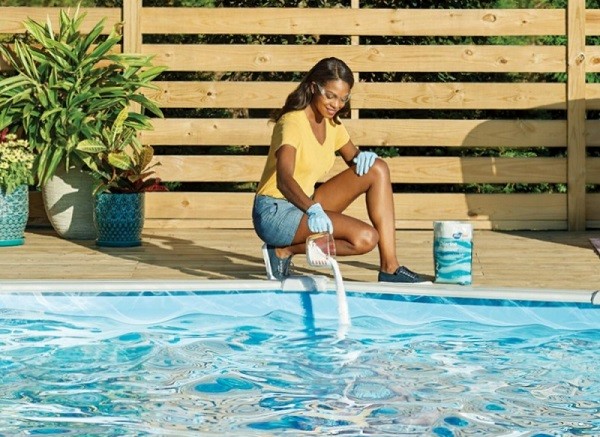Hummingbirds are known for their gorgeous appearance and unique presence which makes them so enjoyable to watch around. You will have a fascinating backyard once you have some hummingbirds flying around.
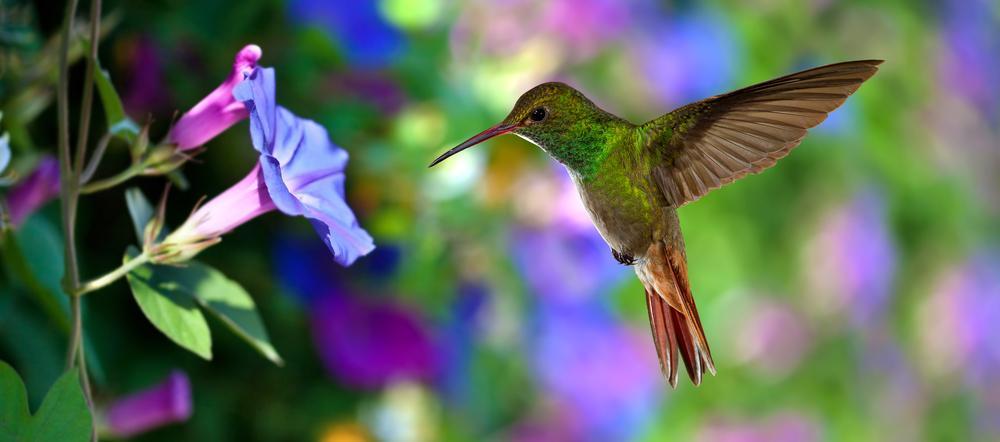
Luckily. attracting hummingbirds to your outdoor living space is not that difficult. You can handle the job all by yourself without any needs to hire a professional gardener that can be quite expensive, for sure.
What you should mainly understand is how to turn your garden into a hummingbird-friendly environment so they will come around and take your garden as their habitat. Providing food sources and safe shelters are the main points to attract hummingbirds to come to your outdoor living space.
In this article, we share a complete guide on How to Attract Hummingbirds to your very own garden that you can easily follow without costing you a lot.
How to Attract Hummingbirds
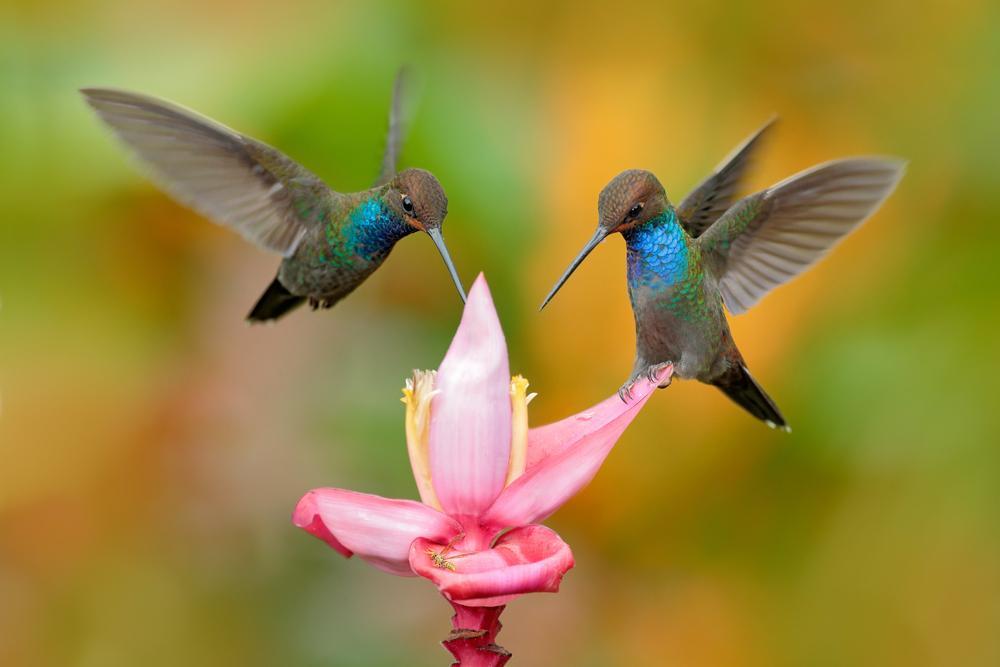
As a nectar-eating birds, of course, hummingbirds need flowers to survive. In fact, 90% of hummingbirds’ diet is made up of sugary nectar. That being said, you definitely need to plant some flowers in your garden to provide the main food source for hummingbirds.
Here’s what you can do:
- Plant some native flowers, shrubs, vines, and trees around your garden. You can do some research to check out types of native plants which are loved by various birds. You don’t need to really plant tons of flowers, some plotted plants are fine if you have a garden with limited space.
- The best idea is that you should plant some species of flowers with different blooming periods so your garden will have abundant food sources all year long. Keep in mind to choose flowers with rich nectar.
- Keep some sticks and branches, don’t really trim them off since they are good to provide perching spots.
- Avoid using pesticides in your garden since it may prevent hummingbirds from coming around.
- If possible, you may want to suggest to your neighbors to plant some flowers to create a bigger area to invite hummingbirds.
Create a hummingbird-friendly space
Hummingbirds tend to build their nest close to their favorite food source, so you should provide some spots where they can nest comfortably. Decorate your garden with some deciduous trees and shrubberies which are safe enough for the hummingbirds to nest. They usually use spider webs and lichens to construct their nest on horizontal surfaces.
Another way to make your garden becomes a hummingbird-friendly space is to provide places for them to perch. They perch to monitor their territory or simply rest. To take some rest, they need a covered perching spot while the open one is used for them to watch their territory, so you need to provide both options.
Attract some insects around
Besides flowers, hummingbirds also feed on insects as their protein source to help maintain their nutrition and grow feathers. Fun fact, hummingbirds are great aerial hunters which makes them good at hunting small insects directly from the air. Therefore, you need to attract some insects to come to your garden.
Here’s what you can do:
- The use of pesticides will prevent the insects from coming to your garden so you need to eliminate the use of this chemical. You may also want to mainly attract spiders or arthropods since they are the birds’ favorite food.
- Choose the plants that attract some insects around. Planting the flowers that attract both hummingbirds and insects is definitely a great idea.
- Overripe fruits are good to attract fruit flies that hummingbirds love.
- Always put the native plants on top of your list since they work really well to attract insects as hummingbirds’ prey.
(You may also like: Teak Furniture Maintenance Guide You Should Know)
Place some birdbaths around
Hummingbirds love to bathe a lot, and placing some birdbaths in your exterior area can even turn it into a hummingbird-friendly environment. Besides birdbaths, you can also install a misting device. What’s important is that the water source should be constantly available so the birds will love to come back around.
Provide hummingbird feeders
To even provide more food sources, placing some hummingbird feeders in your backyard is totally worth considering, especially in spring and fall during their migration. Check out the recipe below to make delicious nectar that the hummingbirds will surely love.
Hummingbird Nectar Recipe
Prepare these supplies:
- 4 tablespoons refined white sugar
- 1 cup boiling water
- Metal bowl
- Metal spoon
Follow these steps:
- Dissolve the sugar in the boiling water.
- Cool off the mixture and pour it into the feeder.
- Hang the feeders in the spots where you mostly see the birds come around.
Here’s what you can do to properly provide hummingbird feeders around your outdoor living space:
- If you place several feeders, always hang one far away from another. It’s because some hummingbirds may dominate one feeder which prevents other birds from using the unit.
- Avoid placing the feeders in the areas which are exposed to direct sunlight to prevent the critical nectar from fermenting.
- Change the sugar solution regularly, at least twice a week, or when it starts to get cloudy.
- There are some websites that provide you with information on when the hummingbirds are mostly active. This is a good reference for you to place the feeders at a perfect time.
Cleaning Hummingbirds Feeder
Of course, you can’t provide dirty hummingbird feeders, and you need to clean them regularly. Follow the steps below to get the job done properly.
- Clean the feeders at least once a week by using a DIY solution in which you just need to mix one part of white vinegar with four parts of warm water.
- Pour the mixture into the empty hummingbird feeders and shake them. Add some dry rice or grains if the feeders are too dirty since they are good to help remove the sugar residue.
- Rinse the feeder with warm water before refilling them with artificial nectar.
So those are the steps that you can do when you are planning on turning your garden into a hummingbird’s habitat!
(Image source: depositphotos.com)
